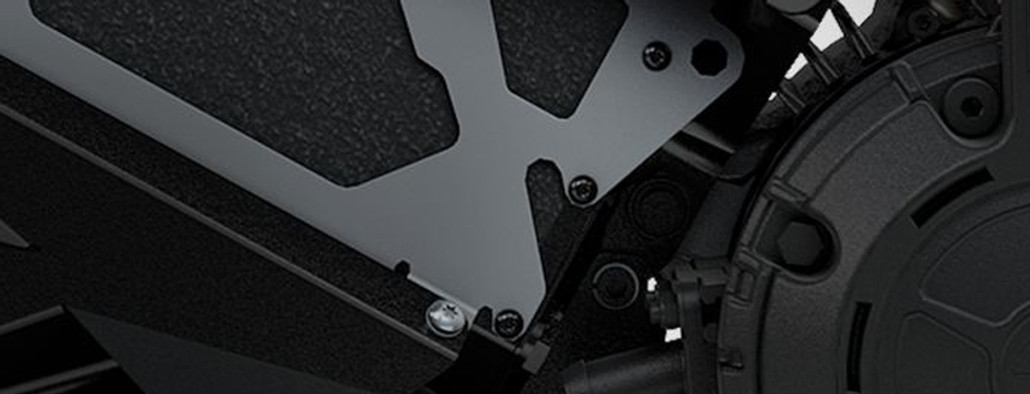How Electric Motorcycles Work
Posted by Ben Baker on Dec 6th 2016
| With more and more companies announcing electric motorcycles, you may well ask "How do these things work?" |
| The short answer is a battery-powered electrical motor. Electric motors are common. Household appliances use electric motors. Power tools use electric motors. Giant electric motors, turbines, power part of the national grid. |
| A BRIEF HISTORY |
| By itself, electrical motors are nearly 200 years old. Dutchmen Sibrandus Stratingh and Christopher Becker built an electric motor that powered a car in 1835. The first two-wheeler powered by the same stuff lightning is made of came about in 1895. Two patents for an "electric bicycle" were filed within a couple of months of each other that year. |
| BATTERY |
| Instead of gas, ebikes run on electricity. This comes from a battery. It is not the same kind or size of battery that sits near a regular bike's motor and provides the juice to start the internal combustion (IC) engine. For battery construction, the IC battery is a lead-acid battery. The ebike uses a Lithium-ion (LI) battery. |
| RELi3ON lists seven differences between the two. Weight, charging life and discharge capabilities are the biggest reasons for the LI battery. |
| The "ion" part is critical. A plain lithium battery can't be recharged, according to Battery Mart. Recharging is like filling the tank on an IC ride. |
| A battery that starts a motor delivers 12 volts. An ebike has much more juice. Voltage ranges from 24 to 96. The more volts the battery has, the more power it delivers. |
| MOTOR |
| The short version is, the electricity causes a pole into the motor to spin. Magnets and copper wire-wrapped coils react to the flow of electricity. |
| An electric motor takes electrical energy and turns it into mechanical energy. This is similar to an IC engine. In the IC engine chemical energy, the burning fuel, pushes a piston which makes crankshaft (a pole) spin. This is transferred down the drive train to the wheel. Some ebikes have direct drive. Some have belts or chains. Zero Motorcycles has used belt and chain drives. Harley's promised ebike is belt drive. |
| IC engines that use spark plugs also use electricity to make the spark to create the chemical reaction. Fuel injection uses compression, not electricity to make the fuel burn. |
| PCB Heaven has a tutorial on electric motors and exploded views of the motor. |
| BRAKING |
| Ebike brakes can be the same kind as found on an IC motorcycle or they can be "regenerative brakes." Regen brakes put electricity back into the battery pack power as you apply the brakes. Right now the return is small, but researchers say it could be a lot better. A report from the Worcester Polytechnic Institute says, "Based on this validation, 17% of the energy used in a typical urban driving cycle is potentially recoverable." |
| Regen braking is not going to put a lot of juice back in the battery. WPI's estimate of 17 percent doesn't account for loss due to heat and inefficiencies in the system. However, if you've ever had to push your ride even 50 feet to get to the gas pump, you know that every little bit helps. |
| BUILD YOUR OWN |
| All right gear heads, ready to build your own? The Internet is packed with advice on how to build an electric motorcycle. |
| Here is one of many Intstructable guides for making your own ebike. Stryker, who has several other Instructables up, takes you through the process of converting a gas bike to an e-bike. Stryker says, "All in all, it cost about $3000 to buy and build." He got help with welding and spent three months in research and development. Top speed more than 70 MPH sounds good, but he's only getting 10 miles per charge, a far cry from commercial rides that promise about the same distance as a tank of gas. |

